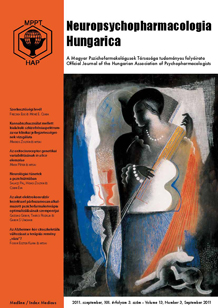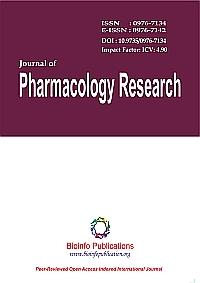
“Cannabidiol (CBD) is the main nonpsychoactive component of the cannabis plant. It has been associated with antiseizure, antioxidant, neuroprotective, anxiolytic, anti-inflammatory, antidepressant, and antipsychotic effects.
PTL101 is an oral gelatin matrix pellets technology-based formulation containing highly purified CBD embedded in seamless gelatin matrix beadlets. Study objectives were to evaluate the safety and tolerability of PTL101 containing 10 and 100 mg CBD, following single administrations to healthy volunteers and to compare the pharmacokinetic profiles and relative bioavailability of CBD with Sativex oromucosal spray (the reference product) in a randomized, crossover study design.
Administration of PTL101 containing 10 CBD, led to a 1.7-fold higher Cmax and 1.3-fold higher AUC compared with the oromucosal spray. Tmax following both modes of delivery was 3-3.5 hours postdosing. CBD exhibited about a 1-hour lag in absorption when delivered via PTL101. A 10-fold increase in the dose resulted in an ∼15-fold increase in Cmax and AUC. Bioavailability of CBD in the 10-mg PTL101 dose was 134% relative to the reference spray.
PTL101 is a pharmaceutical-grade, user-friendly oral formulation that demonstrated safe and efficient delivery of CBD and therefore could be an attractive candidate for therapeutic indications.”
https://www.ncbi.nlm.nih.gov/pubmed/29125702
http://onlinelibrary.wiley.com/doi/10.1002/cpdd.408/abstract










